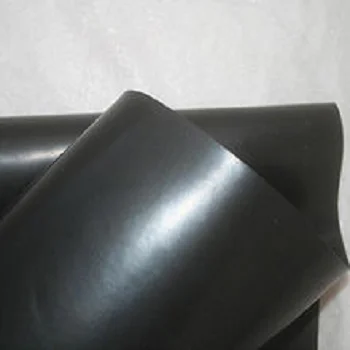Water intrusion beneath concrete slabs is a common yet serious issue that can lead to structural damage, mold growth, and costly repairs. Understanding how to effectively manage moisture is crucial for homeowners and builders alike. In this article, we will explore the causes of water accumulation under concrete slabs, the potential consequences, and practical strategies to prevent this problem from occurring.
Understanding the Causes of Water Intrusion
Before implementing preventive measures, it is essential to understand the factors that contribute to water getting under your concrete slab:
- Poor Drainage Systems: Inadequate drainage around your property can lead to water pooling near the foundation. This can occur due to improperly graded landscapes or malfunctioning gutters and downspouts.
- Soil Composition: Certain types of soil, such as clay, retain water more effectively than sandy soils. This can create a saturated environment that increases the risk of water seeping under the slab.
- Groundwater Levels: High groundwater levels, particularly during heavy rainfall or snowmelt, can exert pressure on the slab and cause water to infiltrate.
- Cracks and Gaps: Over time, concrete can develop cracks due to settling or temperature fluctuations. These openings can serve as entry points for water.
Consequences of Water Under Concrete Slabs
The presence of water beneath a concrete slab can lead to several issues:
- Structural Damage: Water can erode the soil beneath the slab, leading to settling or heaving, which compromises the structural integrity of the building.
- Mold and Mildew Growth: Moisture creates an ideal environment for mold and mildew, which can pose health risks to occupants and lead to further damage.
- Increased Repair Costs: Addressing water intrusion after it has occurred is often more expensive than implementing preventive measures upfront.
Effective Strategies to Prevent Water Intrusion
Now that we understand the causes and consequences, let’s delve into effective strategies to prevent water from getting under your concrete slab:
- Improve Site Drainage
- Grading: Ensure that the ground around your home slopes away from the foundation. A slope of at least 6 inches over the first 10 feet is recommended.
- Gutters and Downspouts: Regularly clean gutters and ensure downspouts direct water at least 5-10 feet away from the foundation. Consider installing extensions if necessary.
- French Drains: Installing a French drain system can help redirect water away from the foundation. This involves digging a trench, laying perforated pipe, and covering it with gravel to facilitate drainage.
- Utilize Moisture Barriers
- Vapor Barriers: Installing a vapor barrier beneath the concrete slab can prevent moisture from seeping up. This is particularly important in areas with high groundwater levels.
- Sealants: Applying a high-quality sealant to the surface of the concrete can help repel water and reduce the risk of cracks forming.
- Address Soil Composition
- Soil Amendments: If your property has clay soil, consider mixing in sand or organic matter to improve drainage capabilities.
- Compaction: Properly compacting the soil before pouring the slab can reduce the likelihood of settling and cracking.
- Regular Maintenance
- Inspect for Cracks: Regularly inspect your concrete slab for cracks and repair them promptly using epoxy or polyurethane sealants.
- Monitor Groundwater Levels: Keep an eye on local groundwater levels, especially during heavy rains, and be proactive in addressing any drainage issues.
Conclusion
Preventing water from getting under your concrete slab is a multifaceted approach that requires attention to detail and proactive measures. By improving site drainage, utilizing moisture barriers, addressing soil composition, and maintaining your concrete, you can significantly reduce the risk of water intrusion. Not only will these strategies protect your investment, but they will also contribute to a healthier living environment. Remember, the key to effective moisture management lies in early intervention and consistent maintenance.



